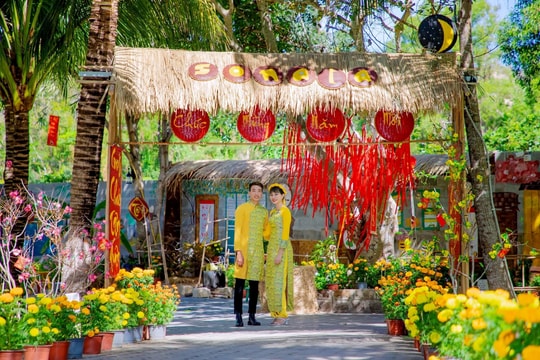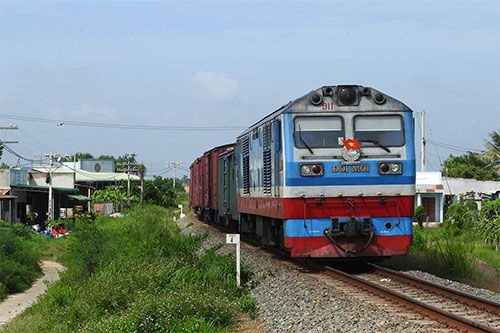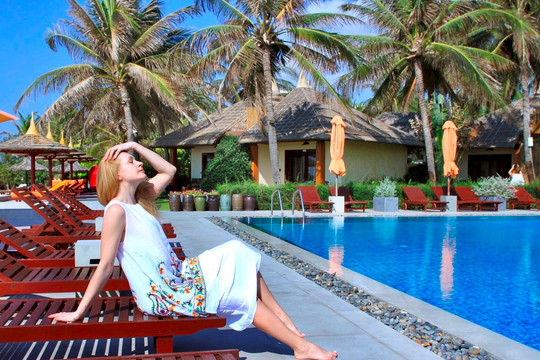 |
The province will explore the international markets of ASEAN and Northeastern Asian countries; keep catering to the traditional overseas Vietnamese market as they visit their homeland from Europe, Northern America and Australia; and penetrate other potential markets including India, Russia, Latin America, South Africa, and the Middle East.
Developing high-end and luxury services will be a priority.
The province plans on making the most of its various festivals and folk games like the wrestling competitions in Sing and Thu Le villages.
It will expand some notable relic sites such as Ho Quyen (tiger fighting) arena, Voi Re temple, Tinh Tam Lake, and Tang Tho tower. The region’s intangible cultural heritage, like the tradition of Hue Royal Court Music, will be the centerpiece of promotional campaigns.
Other tourism products based on the province’s traditional crafts will also be introduced, such as bronze casting, paper painting, and flower making in Thanh Tien village, weaving in Bao La village, conical hats in My Lam, and knitting in A Luoi.
Hue will develop health and wellbeing tourism in some of the resorts near the hot springs of My An, Thanh Tan, and A Roang, and adventure tours—including skateboarding kayaking and sea diving—in Chan May-Lang Co and Canh Duong beach on Son Tra island.
Eco-tours will be run along the Huong River and its lagoons. The province is also intent on expanding its range of meetings, incentives, conferences, and exhibitions (MICE) tourism.
The province has recently focused on shopping tourism, establishing night and food market streets, and launching special offers and events to attract more tourists during the low season.
VOV

















.jpg)





.jpeg)

.jpeg)


.jpeg)


